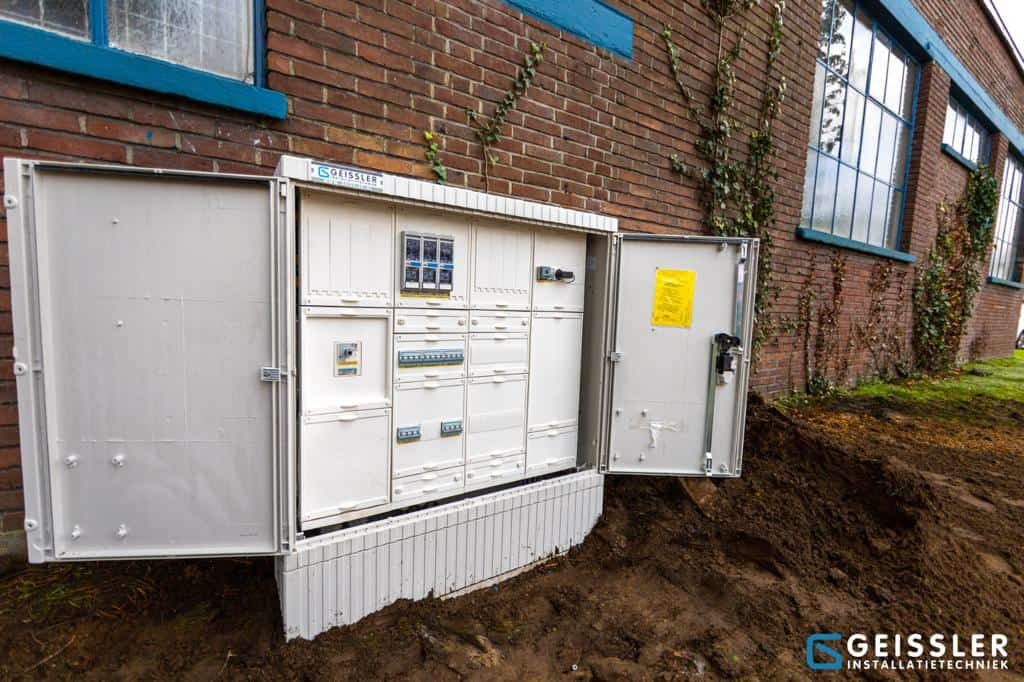The capacity of the network is an important parameter. It is also a significant reason why installers and network operators advise against installing a charging station. Often unjustifiably so. Because even with limited capacity, it is still possible to let charging stations do their work.
The Netherlands, especially in the north, is struggling with grid congestion. Due to economic growth, the demand for electricity transmission is greater than the grid can handle. As a result, new companies cannot always establish themselves, or residential areas are not connected to the grid.
In these “problem areas”, installers are often reluctant to install charging stations. They are afraid that the fuses will blow and locations will be left without power because demand exceeds supply.
This doubt is understandable. But rarely justified. Limited capacity does not have to be an obstacle to building a charging station. There are various solutions to tackle the challenge.
SMART CHARGING NETWORK
Allowing charging stations to talk to each other 24/7 calculates the available capacity and distributes it to the charging stations in use. If a new car arrives, the power is redistributed. This dynamic, intelligent charging method is ideally suited to locations where cars are parked for long periods, allowing enough time for battery charging.
SLOWER CHARGING DURING PEAK HOURS
In locations such as hotels and restaurants, there are busy moments and less busy moments. Setting charging stations so that there are fewer kW available during peak hours avoids critical peak loads while the cars continue to charge and have enough power to drive several hundred kilometres after two hours.
REQUEST MORE CAPACITY
A thicker cable with more transport capacity or a larger transformer house are ways to get more power at locations. These solutions are expensive, and the question is who will pay for them. A larger transformer is usually the responsibility of the site owner. There are also smarter solutions. For example, find out what category your electricity connection falls into and whether there is a possibility of increasing the power within that category. If there is such a possibility, the grid operator will have to adjust to realise the capacity.
TECHNOLOGY MAKES A LOT POSSIBLE.
ut “seeing opportunities” and “thinking creatively” is at least as necessary.
Each location is different and requires a specific solution.
Whatever the installer tells you, I’m willing to bet that your location can handle the peak load and that we can create an innovative charging station.
